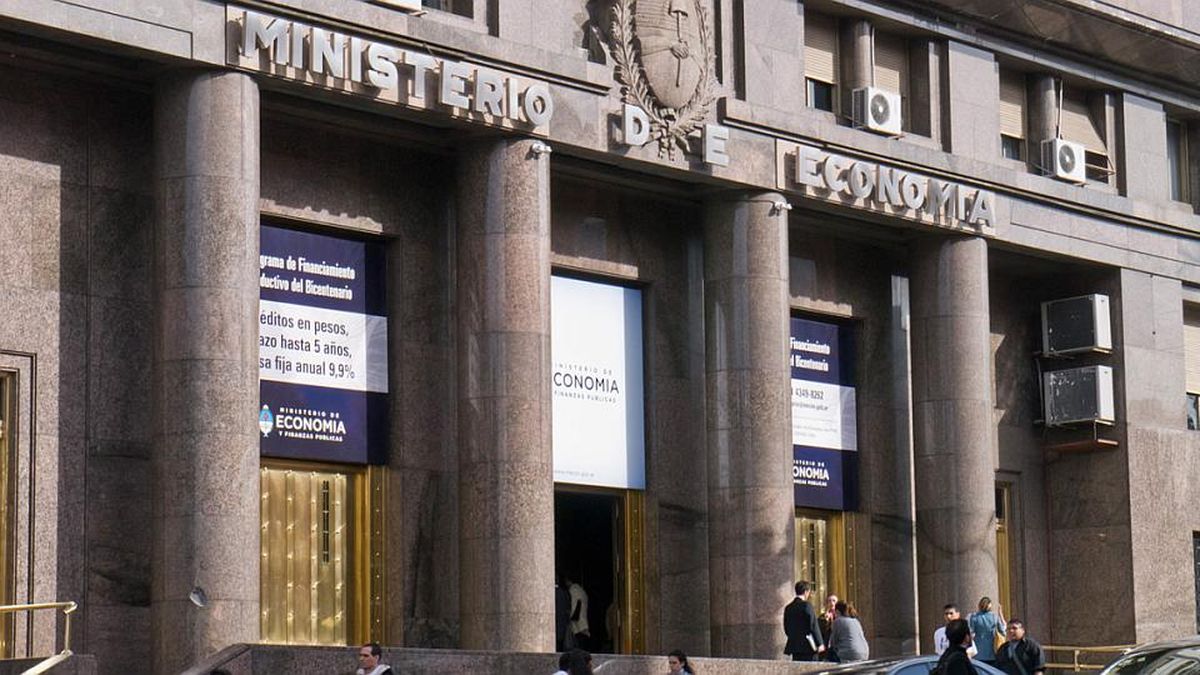A report from a consulting firm specialized in public accounts indicates that “the increase in the deficit of 0.4 percentage points of GDP arises from a drop in primary spending of 0.6 points and in income of 1 point of GDP.”
He primary deficit accumulated of 2023, as a result of the dynamics of income and expenses of the National Non-Financial Public Sector (SPNNF), it was of 2.7% of annual GDPincreasing 0.4 percentage points compared to 2.37% of GDP in 2022,” said a consulting firm specialized in public accounts.
The content you want to access is exclusive to subscribers.
The report indicates that “the increase in the deficit of 0.4 percentage points of GDP arises from a decrease in primary spending of 0.6 percentage points of GDP and in income of 1 pp of GDP.”


image.png

While when considering the debt interest expense, Specialists point out that “the fiscal deficit in 2023 had a value of 6% of GDP and an increase of 1.8 pp of GDP compared to the previous year. Interest expense increased substantially, 1.4 pp of GDP compared to the previous year. to 2022”.
image.png

Continuing with the real primary spending, The study determines that “it fell 4.9% year-on-year in the period. Significant real year-on-year falls were observed in family allowances (37.3%), in energy subsidies (23.5%) and in non-contributory pensions ( 21.2%). The three that increased the most were subsidies for other functions (109%), capital transfers to provinces (25.2%) and INSSJP benefits (19.5%).
Lastly, the consultant points out that “the actual total income fell 6.7% during the year. “From this combination of spending and income, it appears that the accumulated primary deficit as of December increased 9.5% in real terms compared to 2022.”
Source: Ambito




